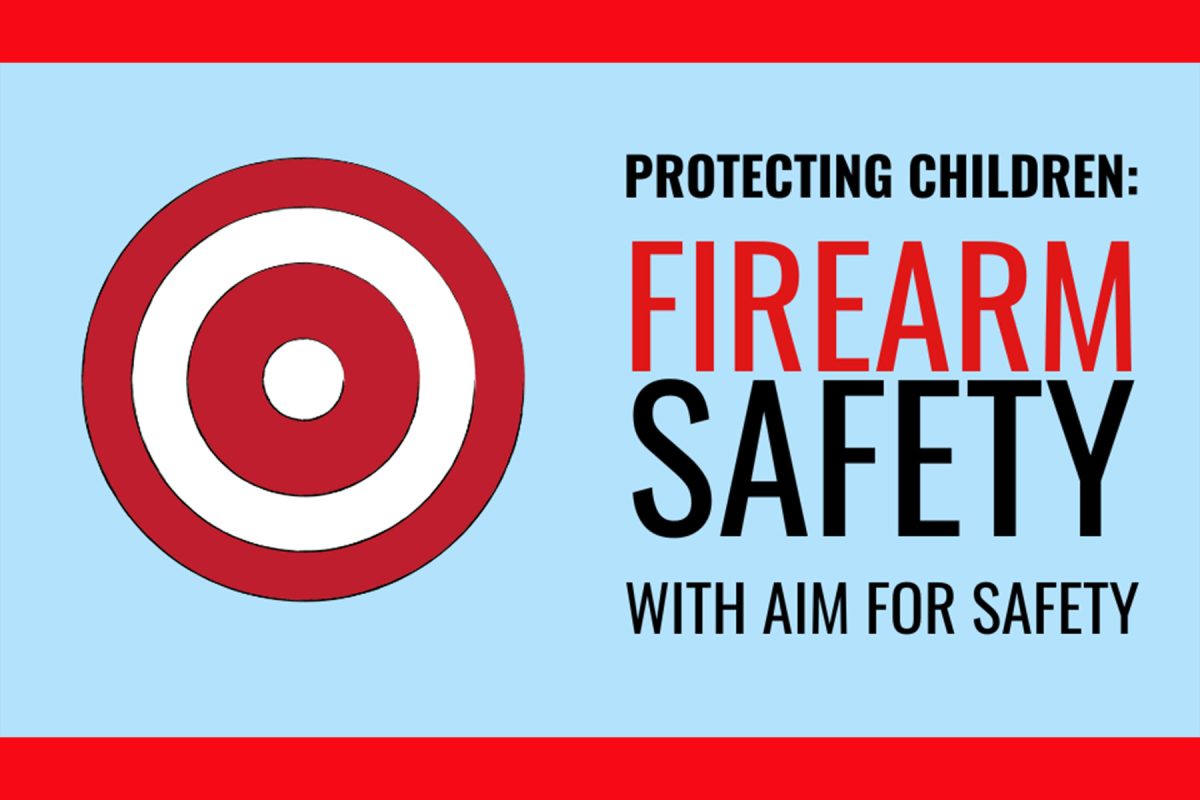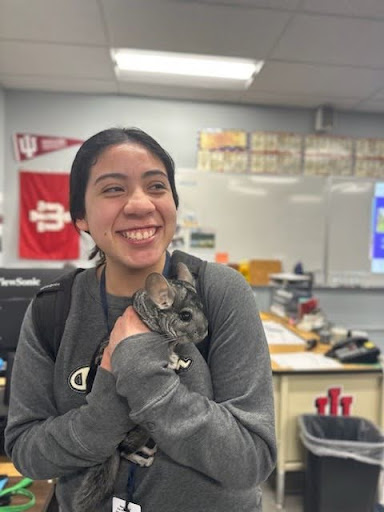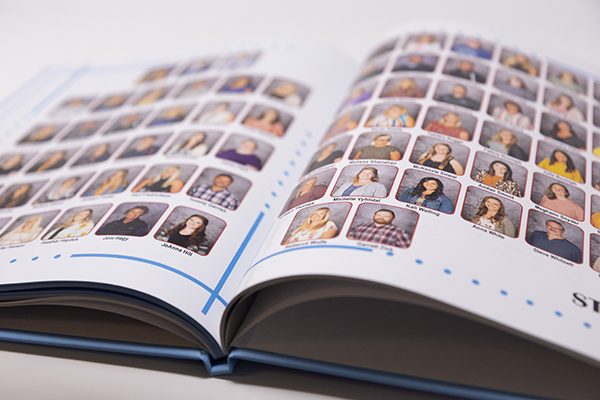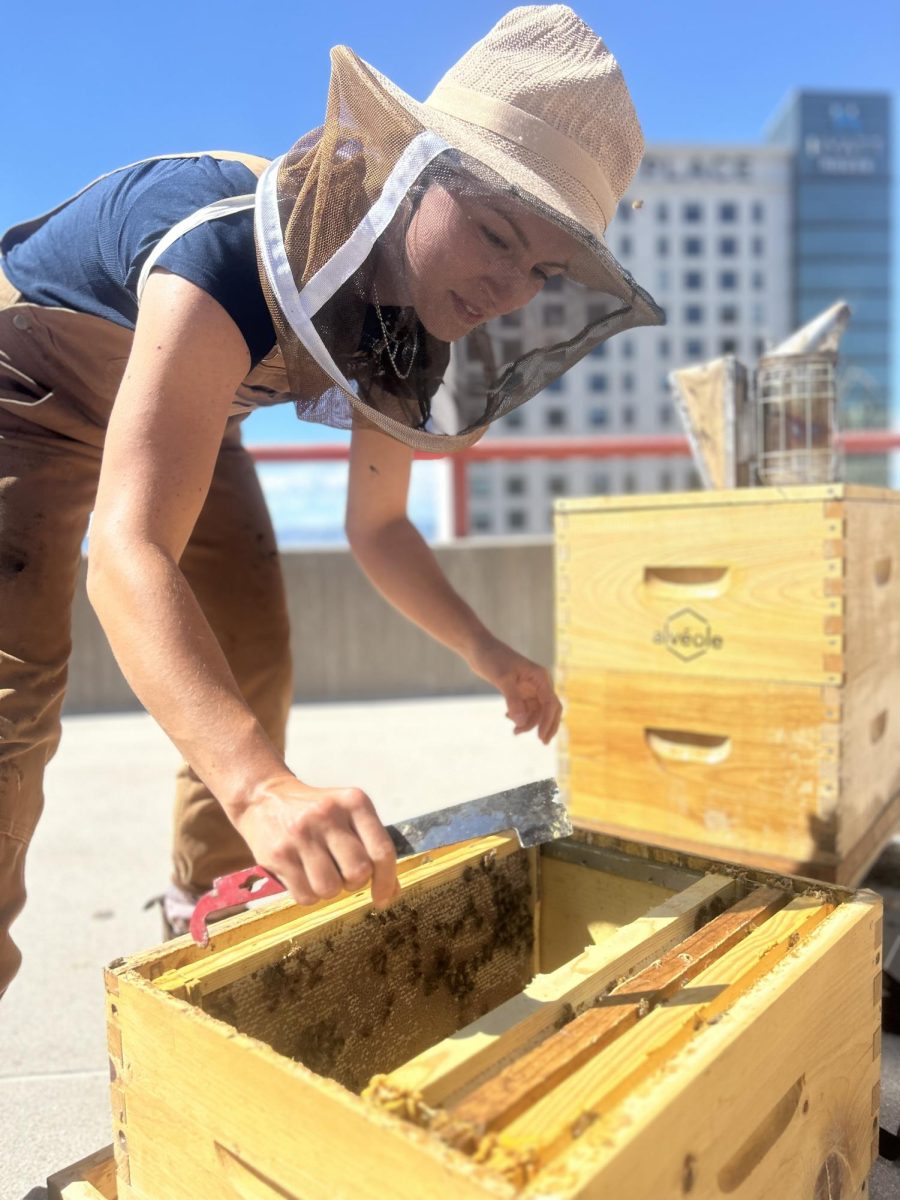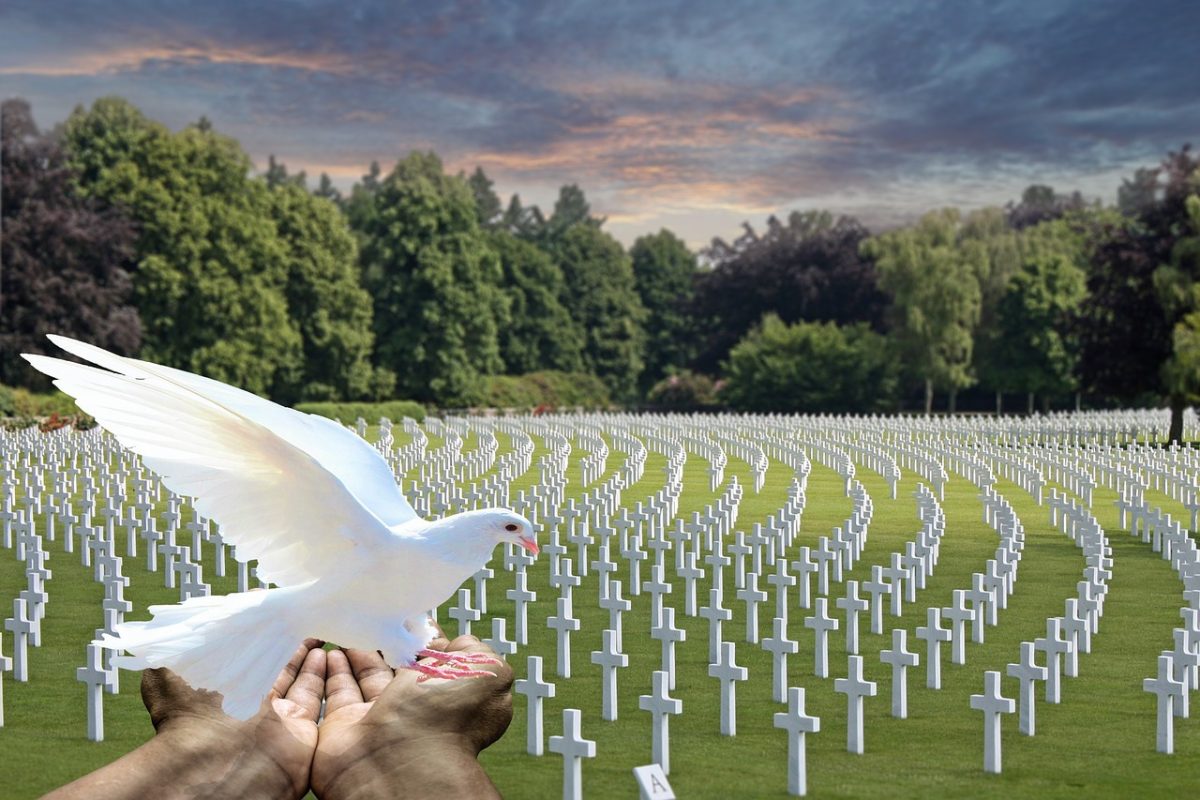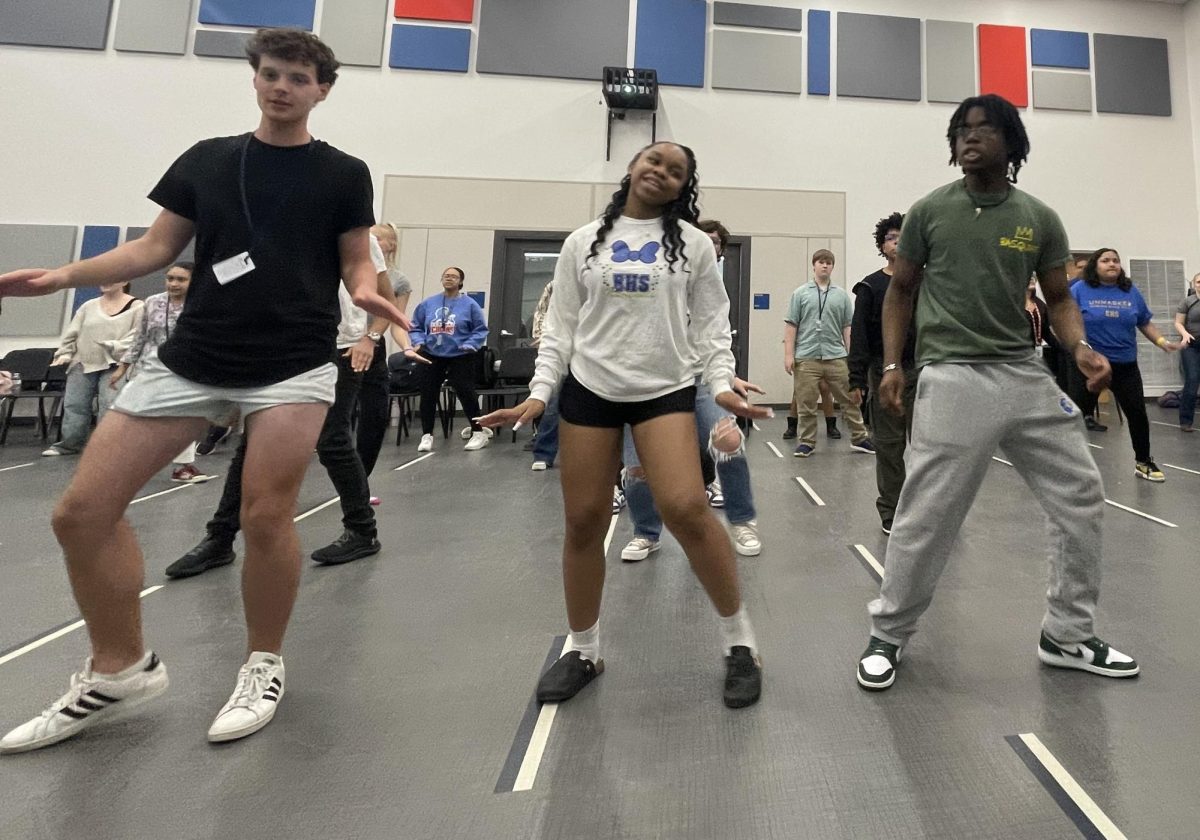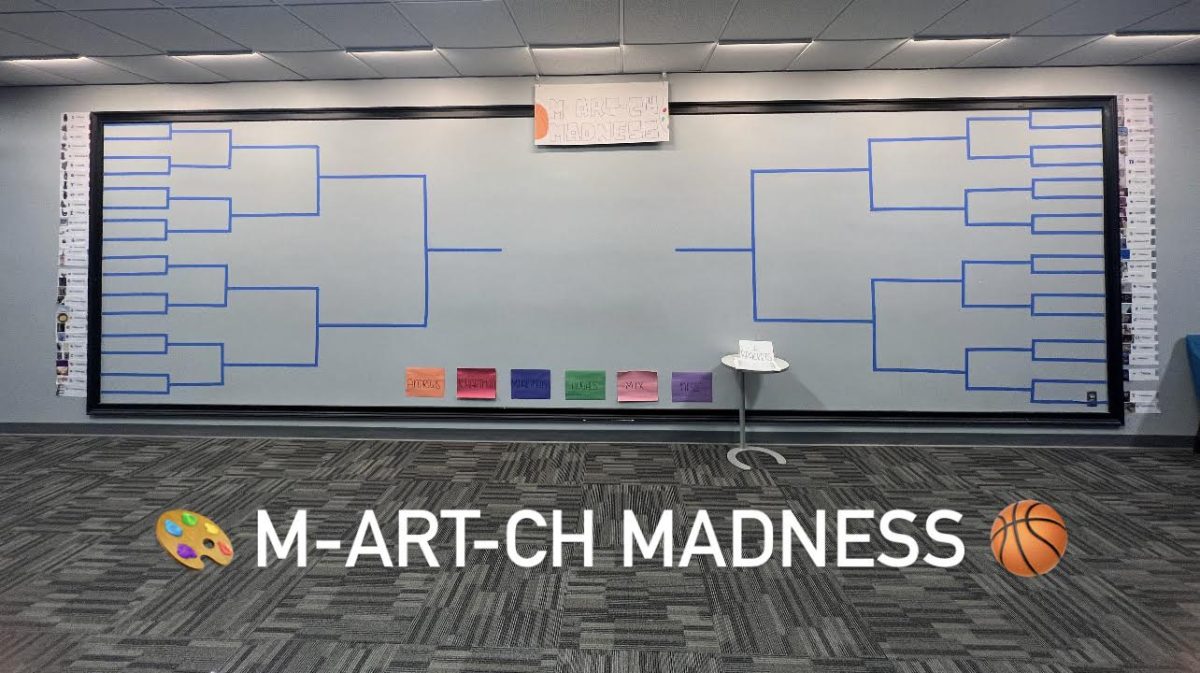Ever wonder why school shootings happen so often in the United States? Or, why they have been occurring more frequently throughout the years?
There have been a staggering number of school shootings in 2023. According to an Education Week article, at least 25 schools have been attacked, resulting in injuries and deaths, this year alone. It is incredibly devastating news for guardians, teachers, or even students to experience.
Intawa Kafka, a senior at Elkhart High School, had this to say: “I think that school shootings are scary, very terrifying, and nobody should have to go through that kind of experience. If it happened here in school–first of all, it’s hard to imagine something so terrifying like that–but I don’t know what I would do or where I should go!” Continuing, she adds, When you come to school, you want to feel like you’re in a safe place.”
Despite occasional drills, most students question how they would actually react in a real situation. Mia Cabral, notes that begin prepared comes with a tradeoff. “I feel that in general, a school shooting is something that you aren’t prepared for. So, to really be prepared for it, you have to always have some sort of worry,” Explaining further, she adds, “Students should feel comfortable in school and shouldn’t feel unsafe.” But, Cabral also admits that–prepared or not–she would be consumed by worry. “I’d honestly feel disturbed and worried, as I have a sibling here at this school,” she states. “I would be looking for them and be worried for their safety. I would be worried for friends, teachers, or even people I’m close with.”
Teachers appear to feel the same way. Mrs. Farrah Burkhart, an Early Childhood teacher at EHS, said, “Working in any work position other than school,” she begins, “we have a herding world,” where people congregate in large groups and follow one another in the same manner–making them easy targets. But, she also notes what she might do if an incident were to occur. “If the gun were sitting in front of me, it’s not doing anything.” It’s an inanimate object by itself. However, when put in the hands of a live person, the scenario can change in a heartbeat. “It’s the emotion behind the person who’s doing it.” How would I reach that person? she wonders. “That’s the mental health aspect. That’s what keeps me up at night.”
Assessing mental health is a growing concern in myriad areas of human conduct: attendance rates at work, family interactions at home, even reactions behind the wheel of a car. It’s not surprising that mental health and guns have been handcuffed together. Studies have shown that the public often associates serious mental illnesses with violence and mass shootings. However, only 5% of such incidents have been linked to severe mental illness. Conversely, 25% are linked to non-psychotic illnesses and another 23% to substance use. Thus, it makes one wonder why the nation continues to push for greater legalization of drugs instead of focusing on it as one of the largest contributors to mass violence. The recent rise in suspected U.S. mass shooters obtaining guns due to legal issues, background check lapses, or law enforcement failures also raises concerns. There have been protests pushing for stricter gun regulations. This is a clear indicator that people are willing to do just about anything to stop gun violence, especially when it comes to school safety grounds.
This indicator presents data from multiple sources on violent deaths and shootings in schools,
highlighting the varied dimensions of safety and their potential impact on the community.
 Between 1992–93 and 2019–20, school-related youth homicides accounted for around 1% of annual totals, with varying numbers ranging from 10 to 35. This rate is extremely concerning, as there are much more younger youths these days who may pose a potential threat of a school shooting. But, this could also be higher ages than lower than 10. The FBI’s active shooter resources encompass incidents recorded in educational settings at both elementary, secondary, and postsecondary levels. Between 2000 and 2021, there were 46 active shooter incidents in elementary and secondary schools (high school and middle school) and 18 in postsecondary institutions, which are colleges/universities.
Between 1992–93 and 2019–20, school-related youth homicides accounted for around 1% of annual totals, with varying numbers ranging from 10 to 35. This rate is extremely concerning, as there are much more younger youths these days who may pose a potential threat of a school shooting. But, this could also be higher ages than lower than 10. The FBI’s active shooter resources encompass incidents recorded in educational settings at both elementary, secondary, and postsecondary levels. Between 2000 and 2021, there were 46 active shooter incidents in elementary and secondary schools (high school and middle school) and 18 in postsecondary institutions, which are colleges/universities.
National Center for Education Statistics
How to prevent school shootings and how to make oneself and others safe:
 Strategies are needed to prevent school shootings, and there are proven approaches that schools and communities can implement. School shootings often involve suicidal thoughts, despair, anger, and access to guns. Schools should identify students at risk and identify signs of distress from perpetrators. A supportive school environment is crucial for preventing school shootings and traumatic events. The environment fosters a safe environment for students and staff, fosters mutual trust and respect, and fosters ongoing dialogue with family and community members.
Strategies are needed to prevent school shootings, and there are proven approaches that schools and communities can implement. School shootings often involve suicidal thoughts, despair, anger, and access to guns. Schools should identify students at risk and identify signs of distress from perpetrators. A supportive school environment is crucial for preventing school shootings and traumatic events. The environment fosters a safe environment for students and staff, fosters mutual trust and respect, and fosters ongoing dialogue with family and community members.
National Center for Student Statistics
Here’s are some ways to prevent of these type of threats of happening and help students that may be in a need of assistance:
- Experts suggest reducing aggression in schools and communities to prevent future violence, delinquency, depression, and suicidal acts. PRAISE, a school-based program at CHOP, promotes a positive school climate in elementary schools and some high schools as well.
- Promoting an inclusive climate in schools helps reduce isolation among at-risk youth by fostering problem-solving and conflict resolution skills, thereby fostering a safe and productive environment.
- Addressing mental health service gaps for children with emotional and behavioral issues, including exceptions to privacy protection policies, can improve communication and support their mental health needs. National Center for Student Statistics
It is important to look out for oneself as well as others. Be aware of one’s surroundings and follow protocols when there is a lockdown. That requires each and every one to take the lockdown drills seriously. Know where to go if a lockdown occurs while in the halls, using the restroom, or seated in a congested area like the cafeteria or library. Know what to do when in the classroom when the lockdown begins. Where do you take cover? Are the doors locked? Should the windows be covered?
Everyone must know what to do when going through a traumatic event such as gun violence at school. All schools should take more action through protocols and practice drills. However, they should also change the ways in which lockdown drills are conducted. Administrators and law officials need to think like the criminal element they are trying to stop. Many of these violent students knew how lockdown drills worked and could take advantage of that. Yet, they still got away with murder.
Granted, following EHS Top Three–1) ID’s on, 2) one earbud only, and 3) hoods down–is a step in right direction. But, more must be explored.







